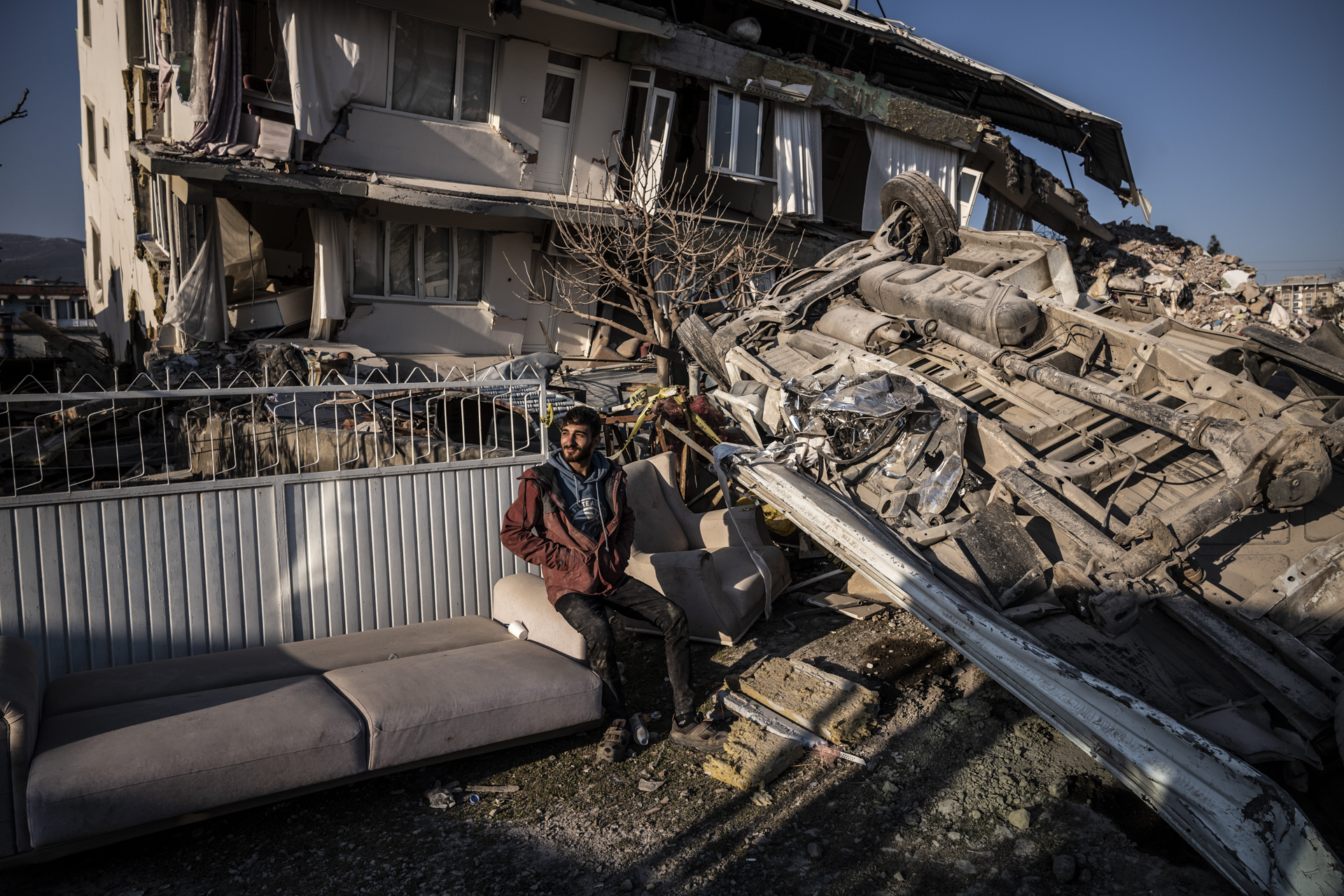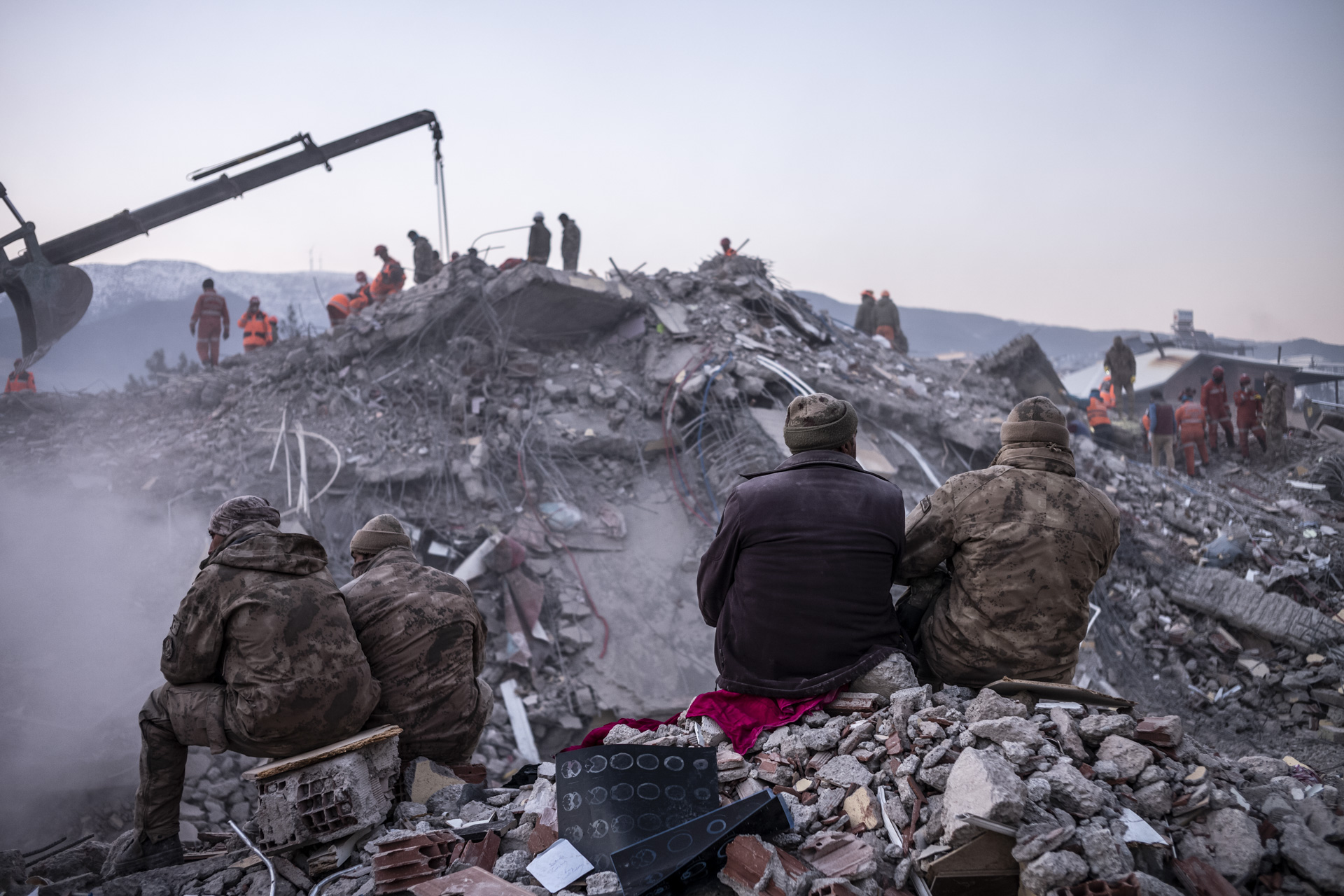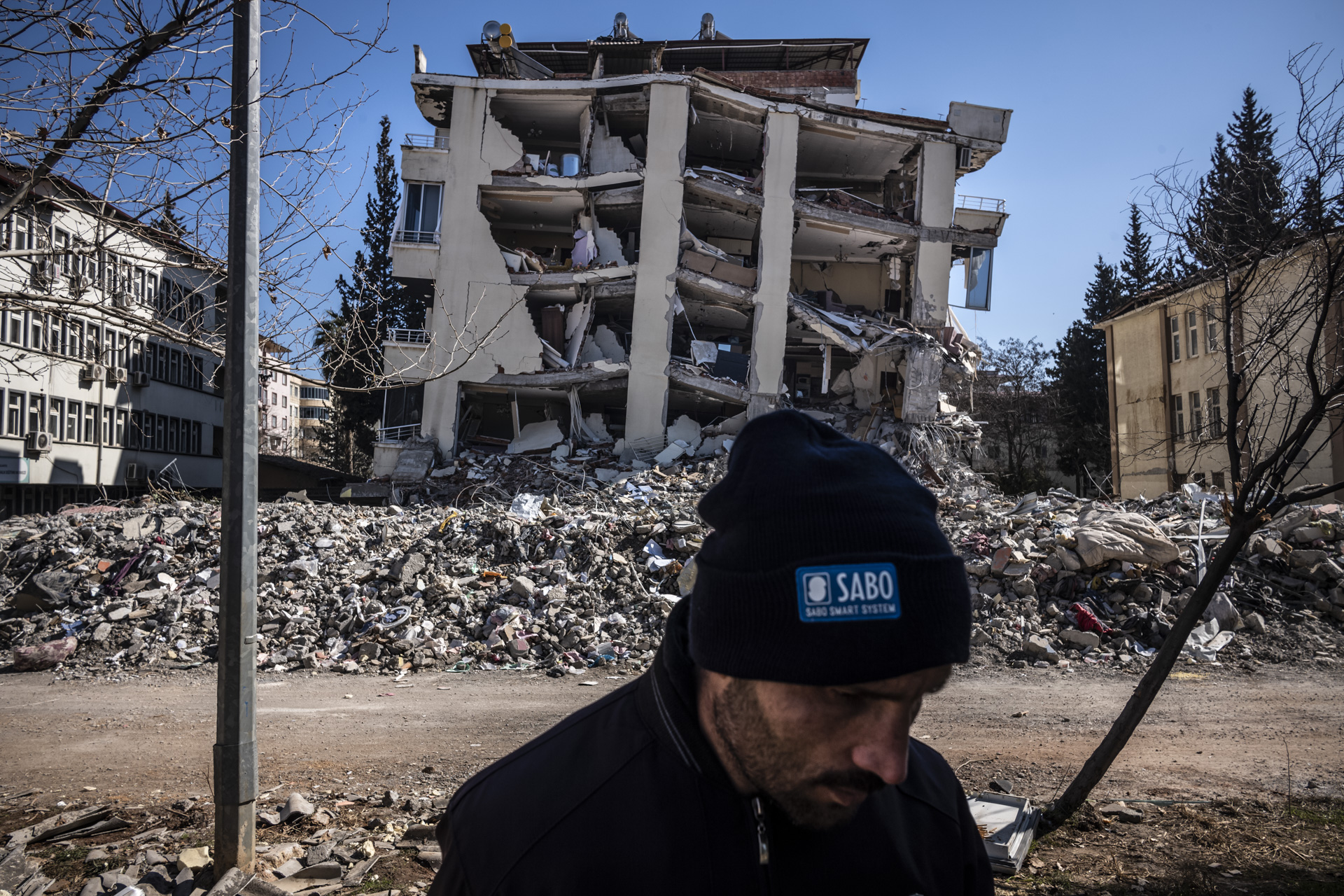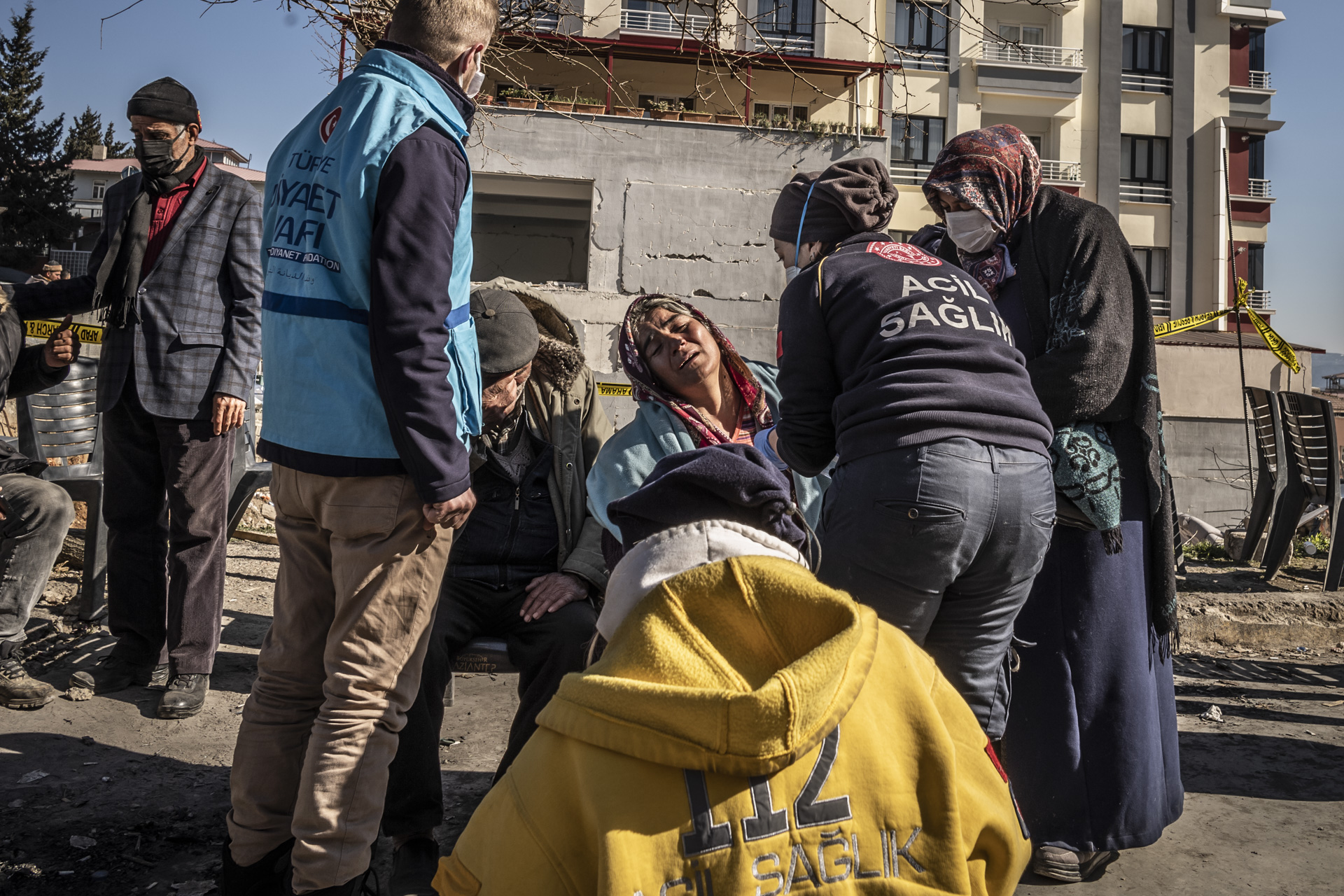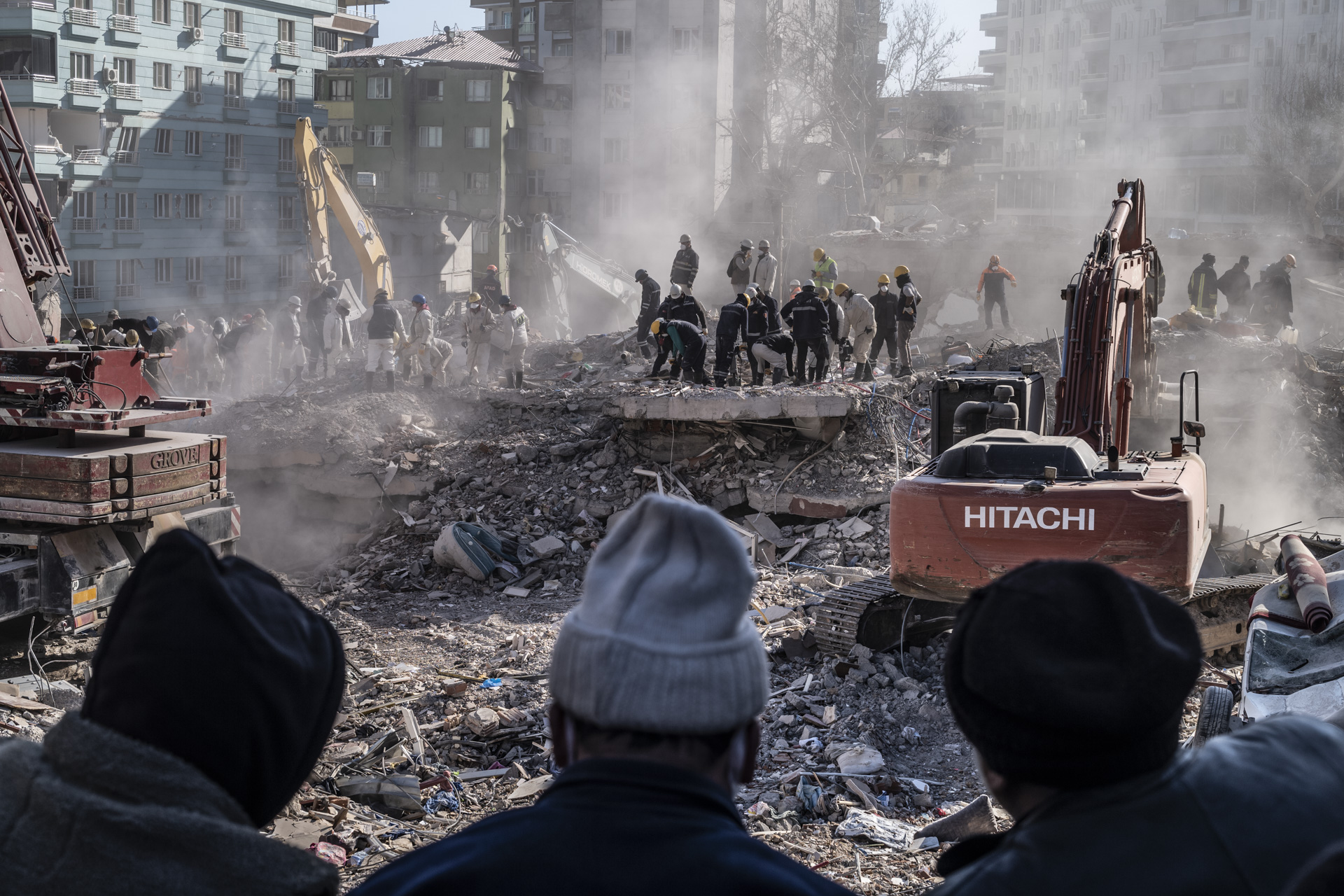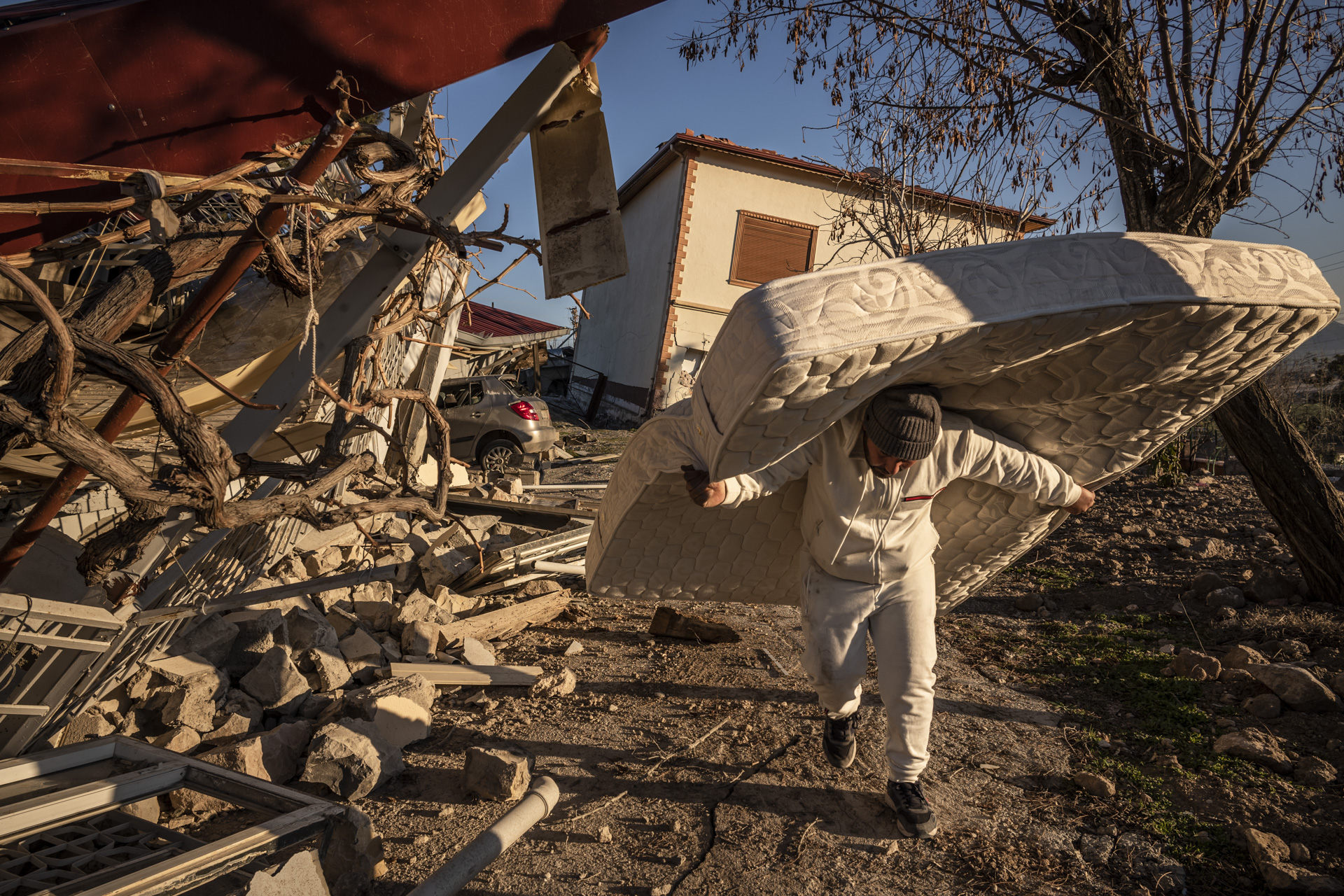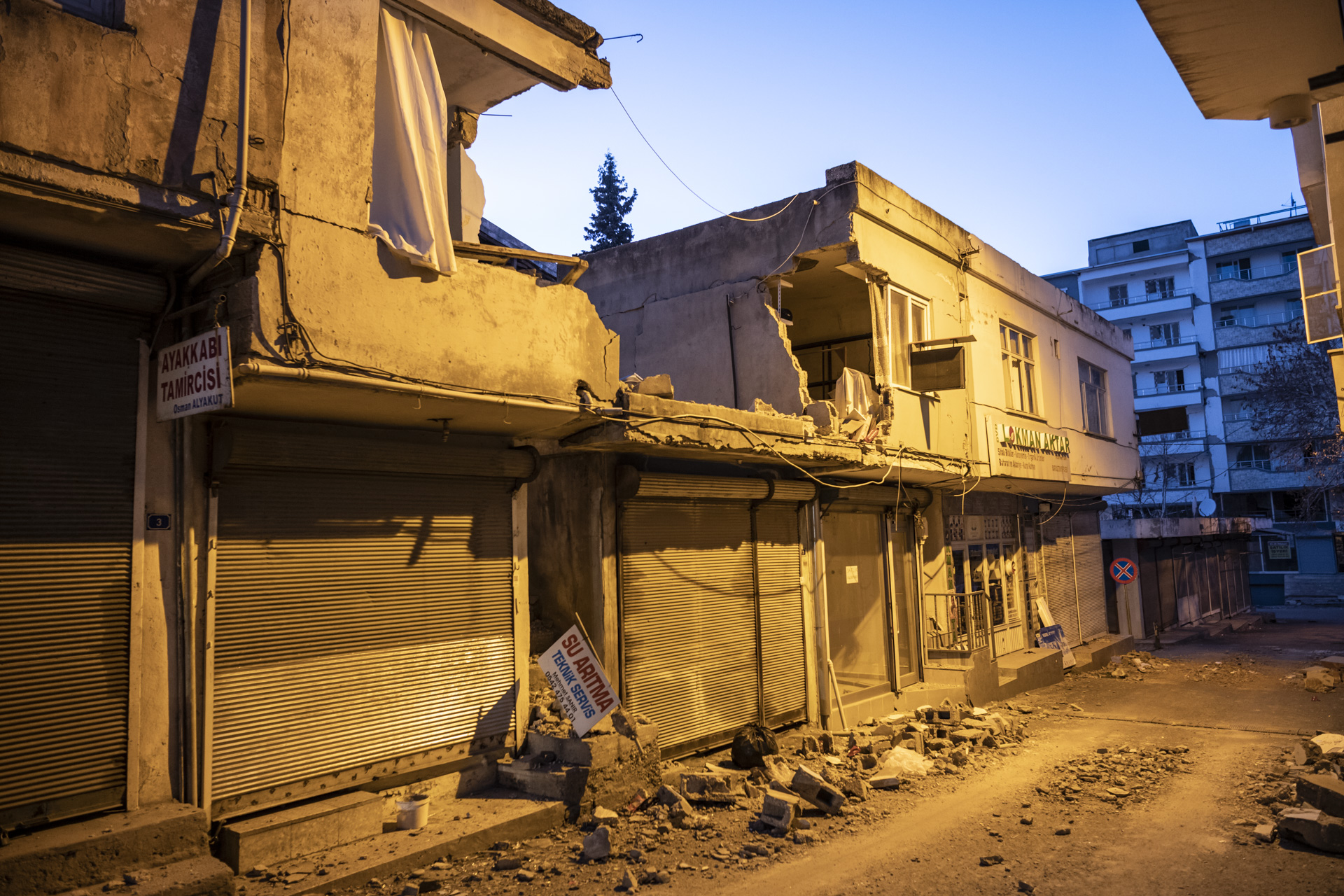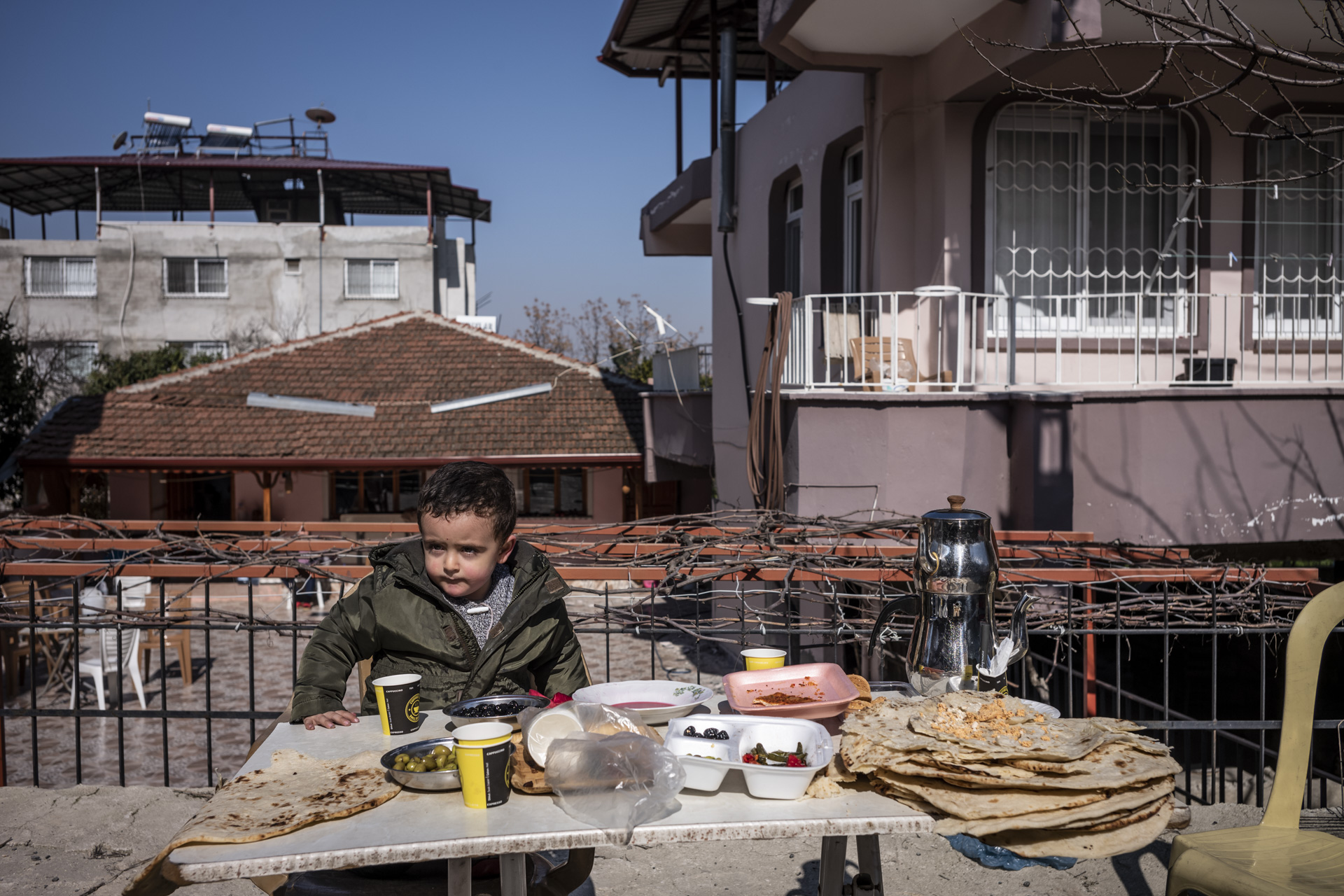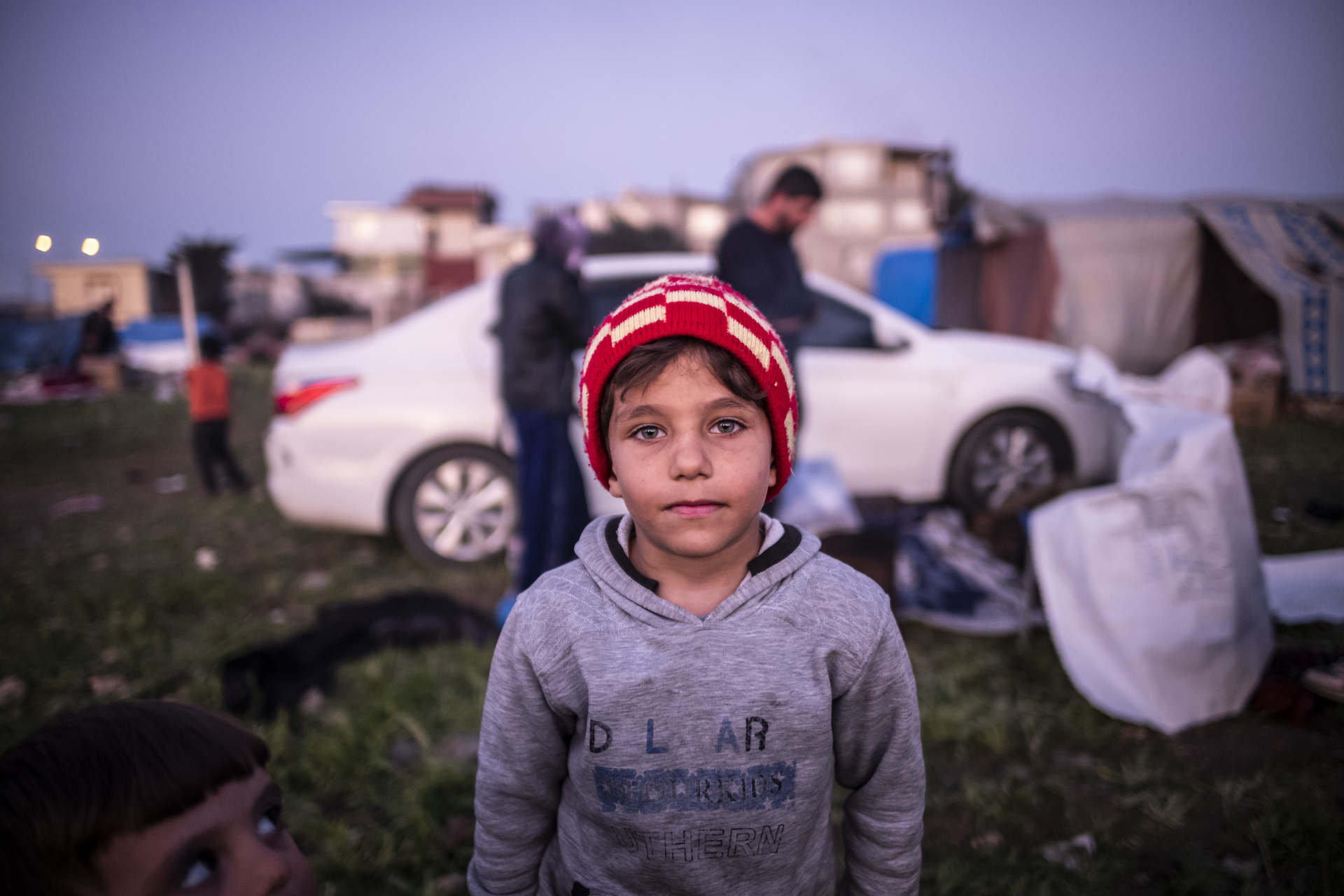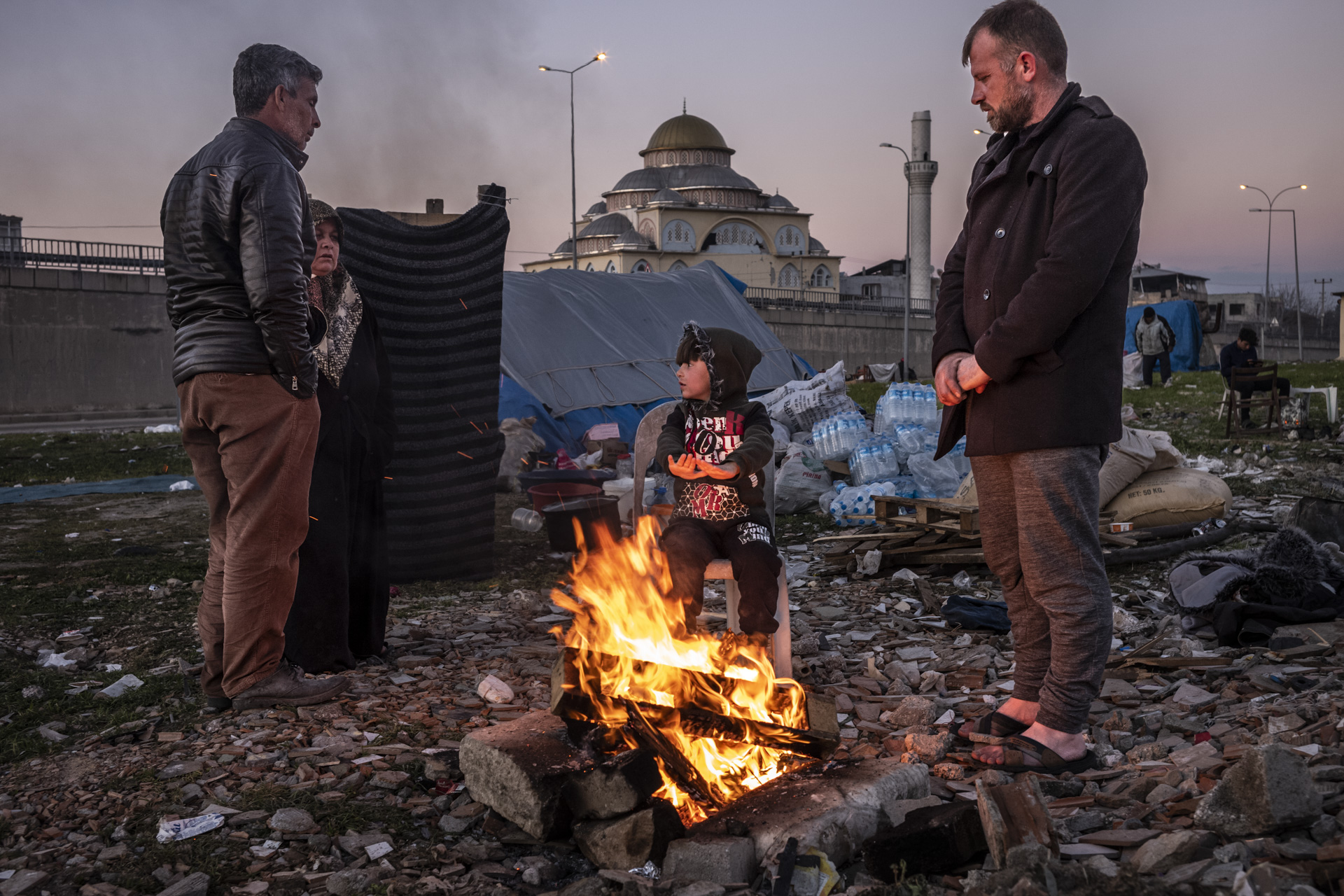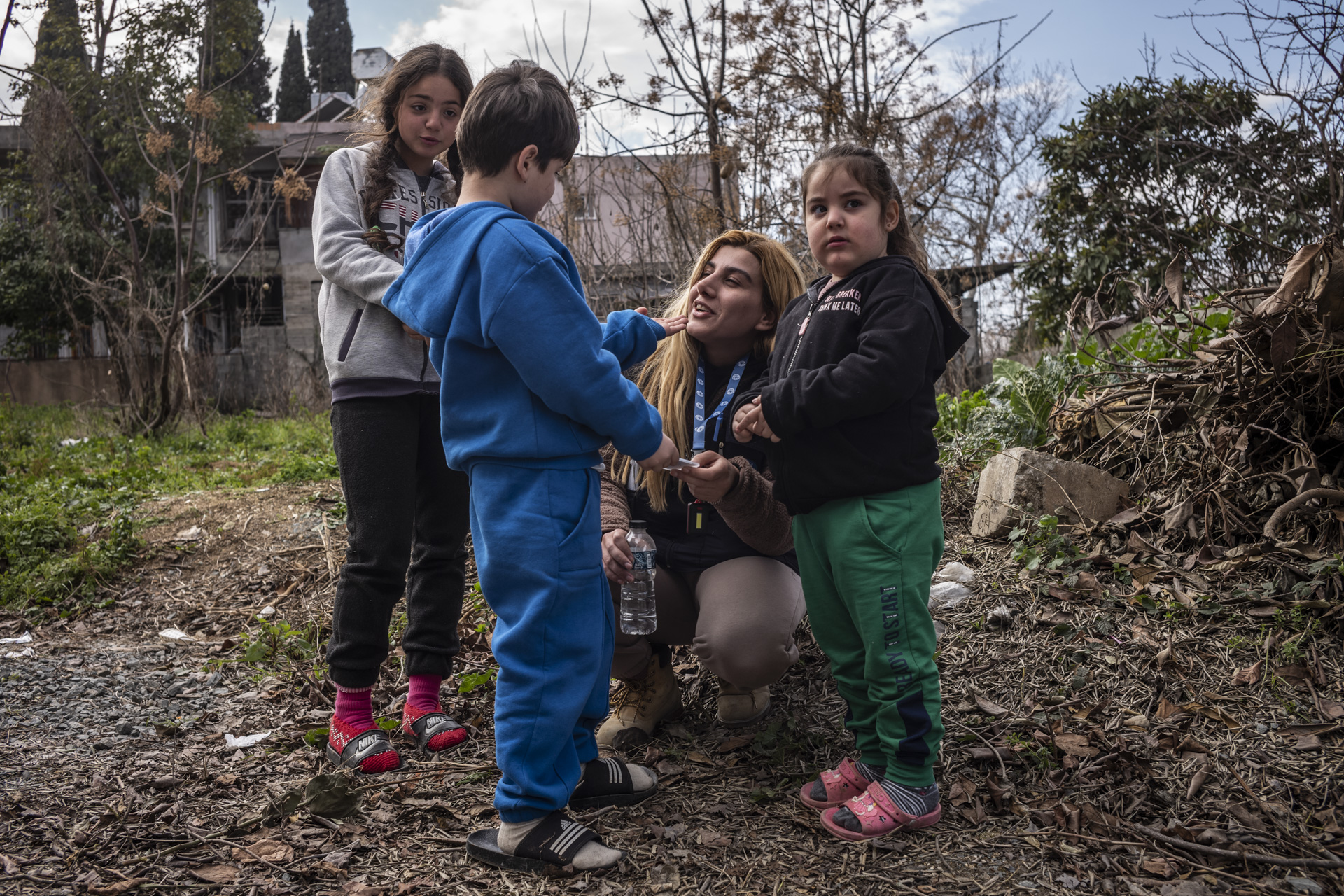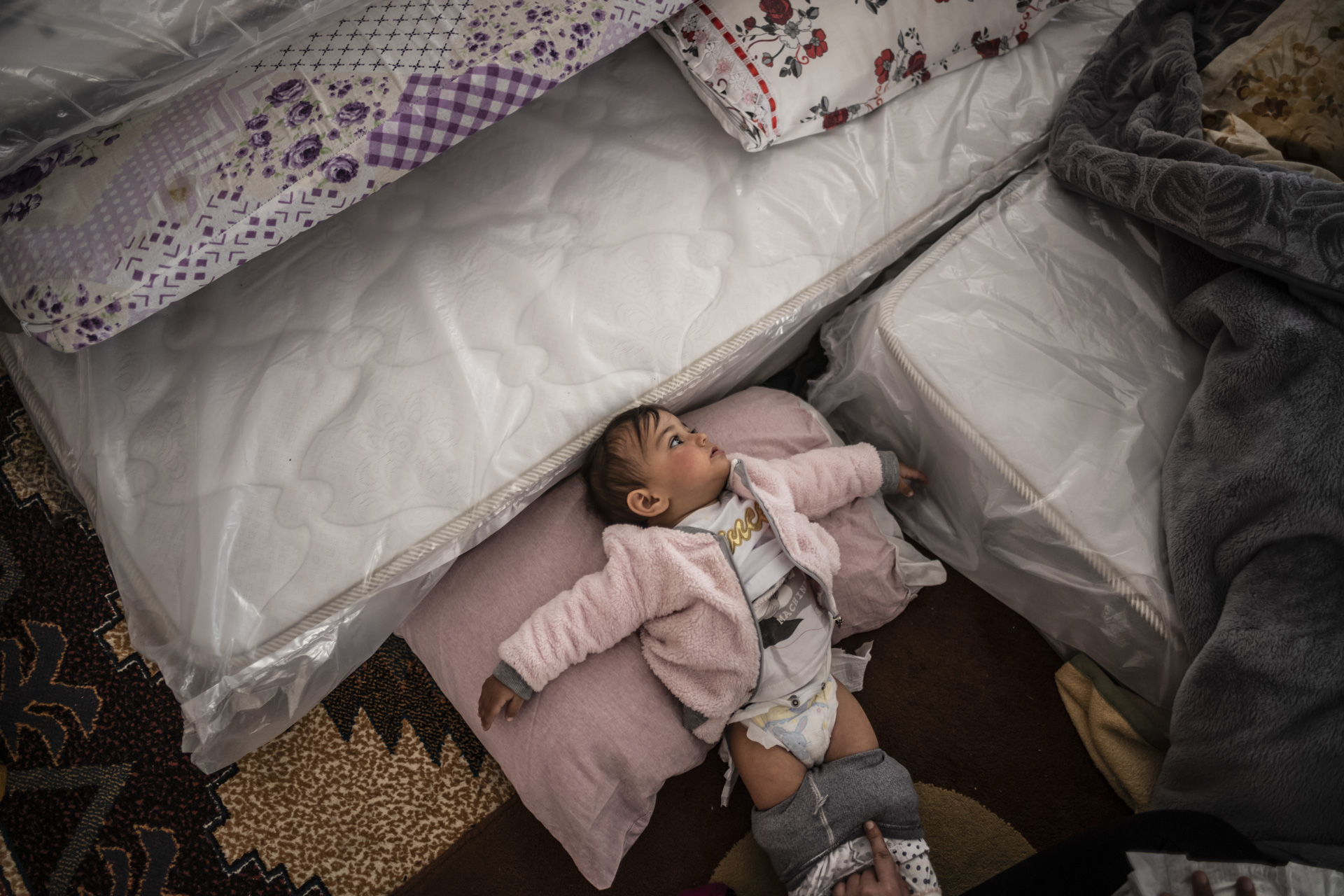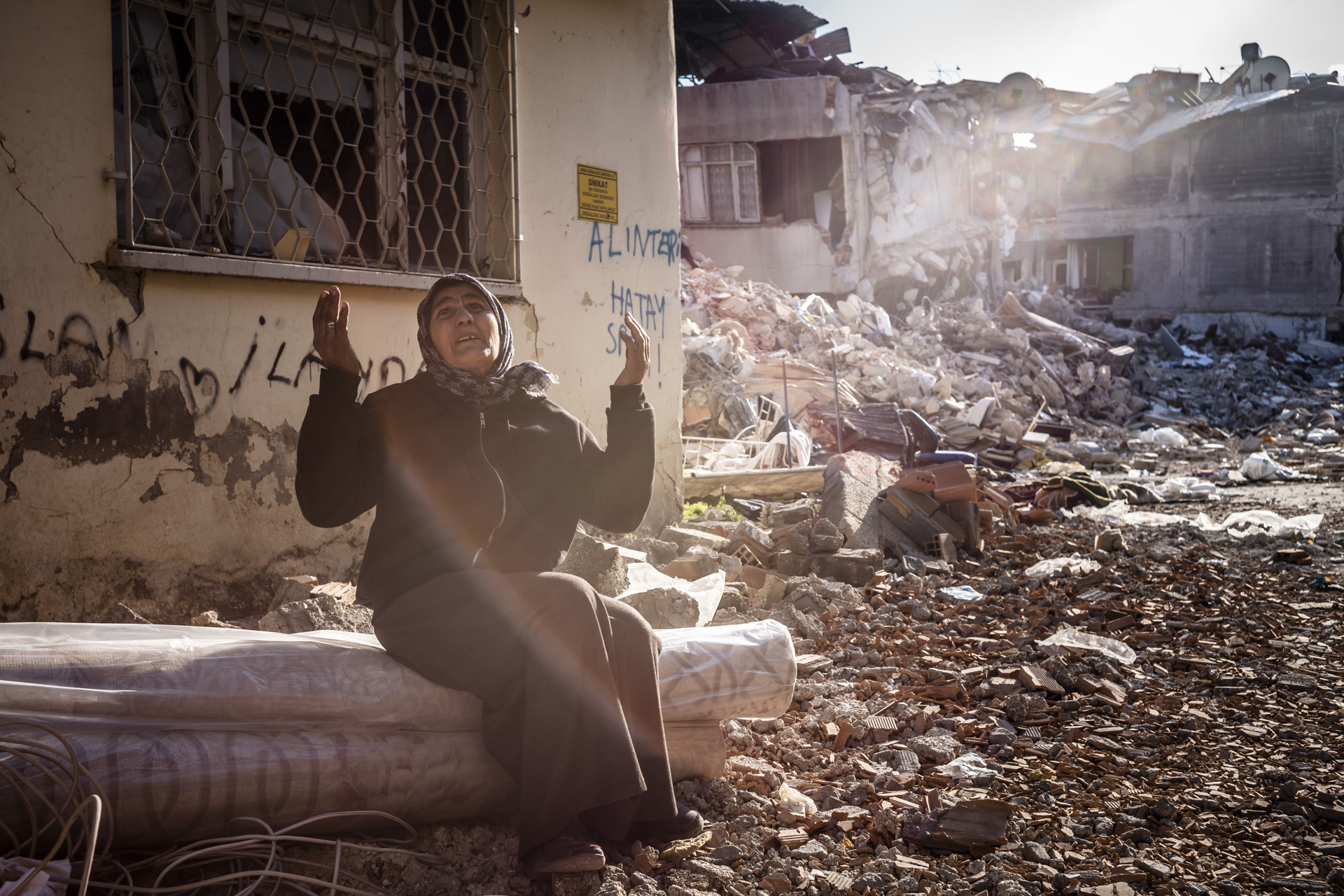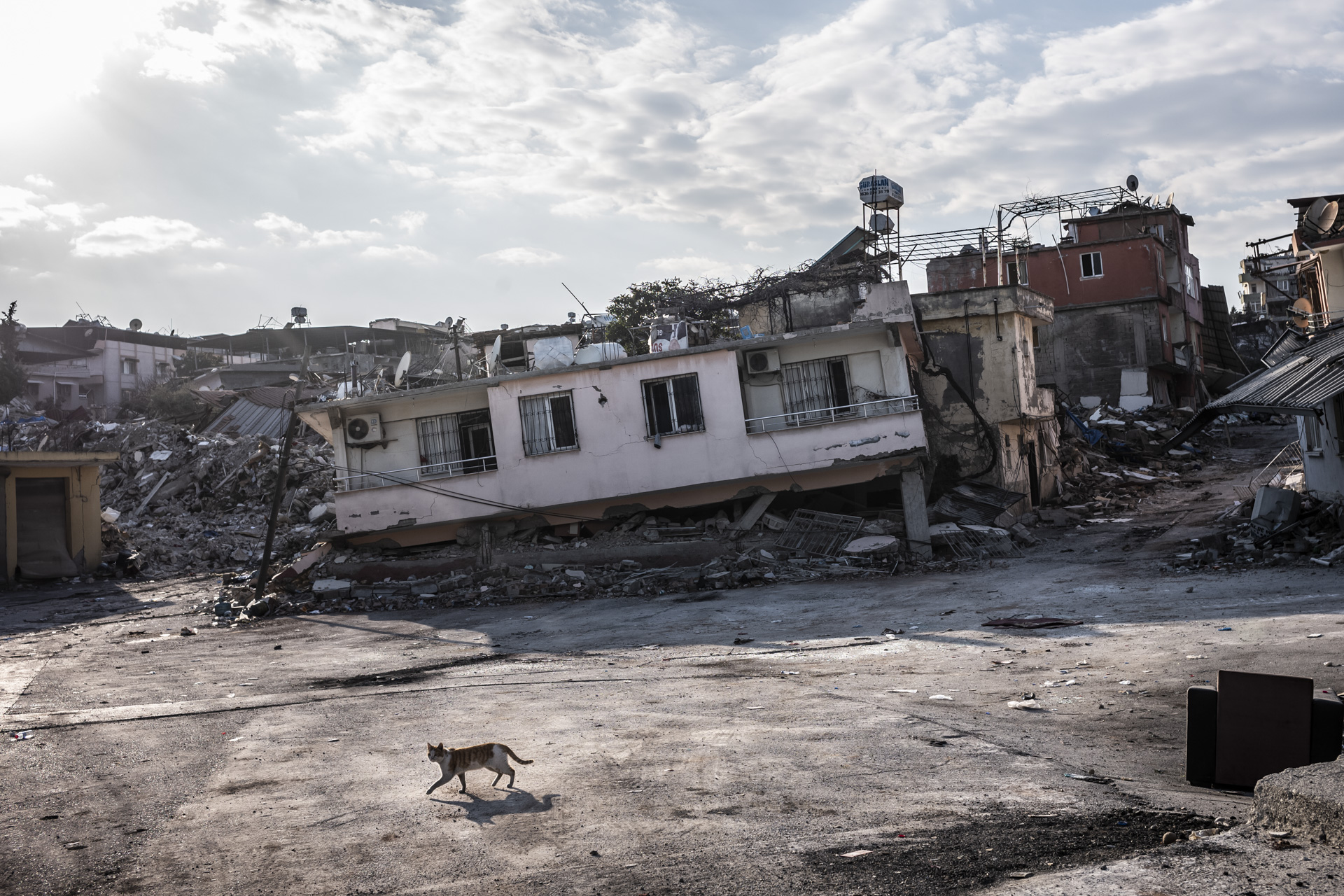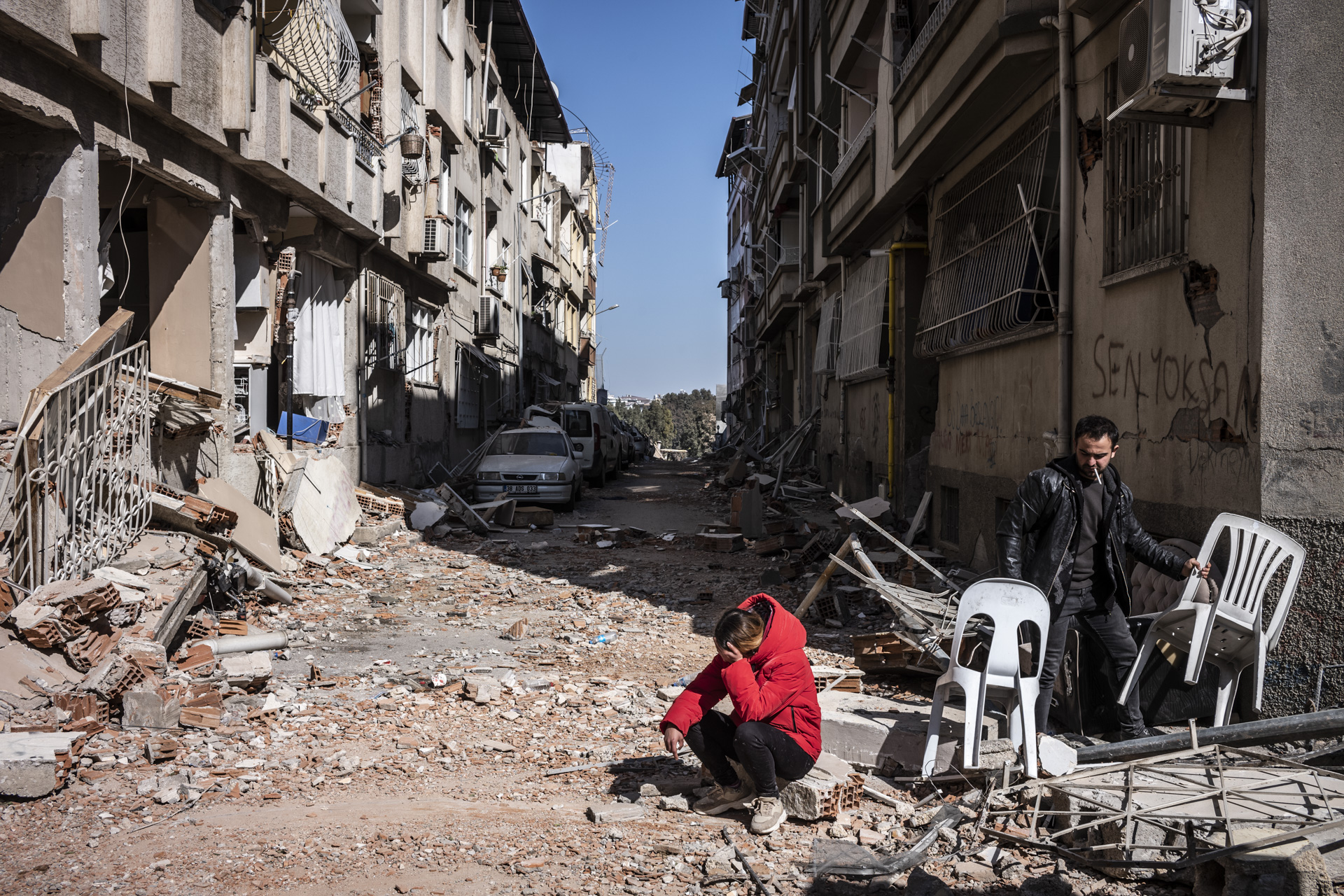This « tragedy of the century » that never ends…
By Olivier Papegnies and David Leloup (Text) in Antakya, Kirikhan, Islaiye, Nurdağı and Pazarcik
As two new earthquakes of magnitudes 6.4 and 5.8 were recorded on Monday 20 February evening in the southern Turkish province of Hatay, the nightmare that struck Turkey and Syria on 6 February continues. For six days, from Sunday 12 to Friday 17 February, we travelled through the Turkish provinces of Gaziantep, Kahramanmaraş and Hatay to witness the devastating violence of the fifth deadliest earthquake of the 21ᵉ century. From Nurdağı to Antakya via Kirikhan, Islaiye and Pazarcik, the material destruction and human distress are the same. Alongside Turkish rescue workers searching for survivors under the rubble, in a camp of Syrian refugees twice victims of the war and the earthquake, with a Doctors of the World mobile team in the outskirts of Antakya, in a ghost village in the countryside around Paracik, or in the field hospital set up by a Belgian logistics team in Kirikhan, we took the pulse of this earthquake that has officially killed more than 44,000 people and destroyed or severely damaged some 118,000 buildings. Mashuq Kurt, Professor of Sociology in the Department of Law and Criminology at the Royal Holloway, University of London, said: « The earthquake in Turkey is the disaster of the century and the government bears immense responsibility for the scale of loss of life and property. He questions whether the AKP, the party of Turkish President Recep Tayyip Erdogan, can survive the political disaster it has created. The 6 February earthquake caused an estimated $84.1 billion in damage, making it the fourth most expensive earthquake on record. It is the deadliest natural disaster in Turkey’s modern history.
